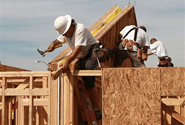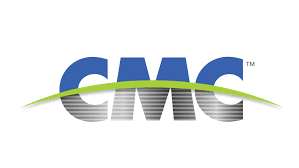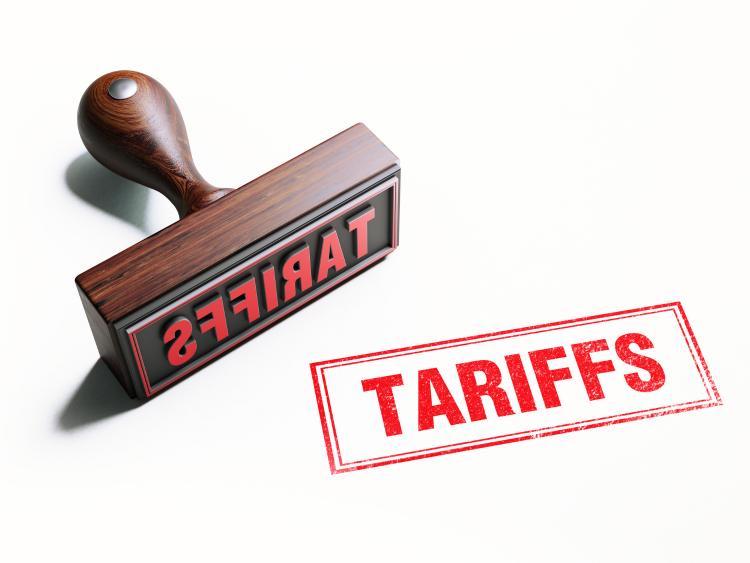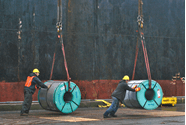Steel Markets

July New Home Sales Fall to Two-Year Low: NAHB
Written by David Schollaert
August 26, 2022
New home sales fell to their lowest level since January 2016, further signaling a waning housing market, according to the latest data from the US Census Bureau and the Department of Housing and Urban Development.
![]() The tepid sales pace continued to match declining builder confidence, a trend that has been gaining momentum since the beginning of the year.
The tepid sales pace continued to match declining builder confidence, a trend that has been gaining momentum since the beginning of the year.
The industry continues to grapple with increasing headwinds, supply chain disruptions that are delaying new home building projects, and surging housing costs being compounded by rising mortgage interest rates.
Sales of newly built, single-family homes in July shrank 12.6% month-on-month (MoM) from a downwardly revised reading to a 511,000 seasonally adjusted annual rate. The figure is down 29.6% compared to one year ago, the Housing Department reported.
“The disappointing sales pace mirrors an ongoing decline in builder sentiment as elevated mortgage rates and higher construction costs are pushing more consumers out of the market, particularly entry-level buyers,” said Jerry Konter, chairman of the National Association of Home Builders (NAHB) and a home builder and developer in Savannah, Ga.
A new home sale occurs when a sales contract is signed or a deposit is accepted. The home can be in any stage of construction: not yet started, under construction, or completed. In addition to adjusting for seasonal effects, the July reading of 511,000 units is the number of homes that would sell if this pace continued for the next 12 months.
Regionally, new home sales fell in all four regions on a year-to-date basis: the Northeast slipped 14.9%, the Midwest fell 26.5%, the South dropped 13.4%, and the West dipped 15.7%
“The sharp drop in new home sales is another clear indicator that housing is in a recession,” said Danushka Nanayakkara-Skillington, NAHB’s assistant VP for forecasting and analysis. “The combination of higher prices and increased interest rates are generating a notable slowing of the housing market.”
New single-family home inventory remained elevated at a 10.9 months’ supply, up 81.7% over last year, with 464,000 available for sale in July. However, only 45,000 of the new home inventory is completed and ready to occupy. The remaining have not started construction or are currently under construction.
The median sales price rose to $439,400 in July from $414,900 in June, a 5.9% gain MoM. The figure is up 8.2% compared to a year ago when the median sales price was $406,000.
By David Schollaert, David@SteelMarketUpdate.com

David Schollaert
Read more from David SchollaertLatest in Steel Markets

CMC looks beyond Arizona micro-mill woes to long-term viability of construction mart
Despite the economic and geopolitical upheaval of the last five years, CMC President and CEO Peter Matt points out that the construction market has been an essential element of the way forward.

US importers face stricter rules under revamped S232 tariffs
“CBP expects full compliance from the trade community for accurate reporting and payment of the additional duties. CBP will take enforcement action on non-compliance," the agency said in a March 7 bulletin.

Steel exports rebound in January
US steel exports recovered to a five-month high in January after having fallen to a two-year low in December. This growth follows four consecutive months of declining exports.

Construction spending drops marginally in January
Construction spending edged down slightly in January, slipping for the first time in four months. The US Census Bureau estimated spending at a seasonally adjusted annual rate of $2,196 billion in January, down 0.2% from December’s downward revised rate. The January figure is 3.3% higher than a year ago. January’s result, despite the slight erosion, […]

HVAC equipment shipments slow in December but strong annually
Shipments of heating and cooling equipment in the US fell to an 11-month low in December, according to the latest data released by the Air-Conditioning, Heating, and Refrigeration Institute (AHRI).
